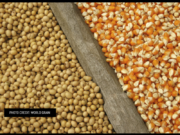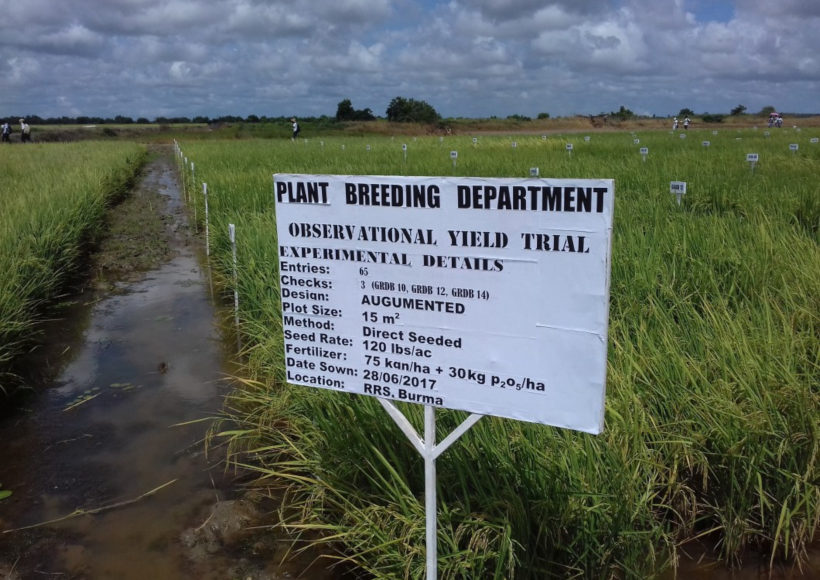Even as the research arm of the Guyana Rice Development Board (GRDB) continues its effort in the production of seed paddy, the body is making moves towards realising a new seed variety in a matter of years.
The research arm, known as the Burma Rice Research Station, is undertaking tactical moves to ensure that farms benefit from quality seeds.
The GRDB announced that for the first crop of this year, over 17,522 bags of seed paddy were produced at the facility. The varieties planted included: GRDB 10, GRDB 15, G98-196, among others. The GRDB 15, a long grain variety which was released in 2018, continues to receive good reviews from farmers and has been stated as ‘excellent’ in field conditions. It was stated to have occupied approximately 20 percent of paddy cultivation during the first crop.
Meanwhile, approximately 3,000 breeding lines are currently being studied seasonally at the Research Station as the Authority works to ensure that farmers have access to quality seed lines which can withstand the changing climatic conditions, while at the same time improving yields.
Deputy General Manager of the Guyana Rice Development Board (GRDB), Ms. Allison Peters, said that the Research Station currently has 16 promising new breeding lines being observed in field conditions in all rice growing regions. This is being done in replicated yield trials to ascertain its superiority over the existing varieties. In addition to these trials, the researchers are also working on another 99 promising breeding lines.
Fourteen aromatic breeding lines are currently in the advanced stage of testing. Officials at the GRDB are hopeful that the Station would be able to release a new aromatic variety from these trials to farmers.
For 2019, the GRDB also plans to produce approximately 100 tonnes of basic seeds which will be multiplied within the industry by seed growers along with the other certified seeds produced at the station.
The Deputy General Manager also hinted at the Board’s plan to have a candidate variety identified by the end of the second crop this year. Once identified, the candidate variety will be tested in farmers’ fields countrywide for a period of at least two crops so as to determine its ability to be released as a new variety. Once successful, the new variety will be ready to be officially released by the end of 2021 or the first crop of 2022.











